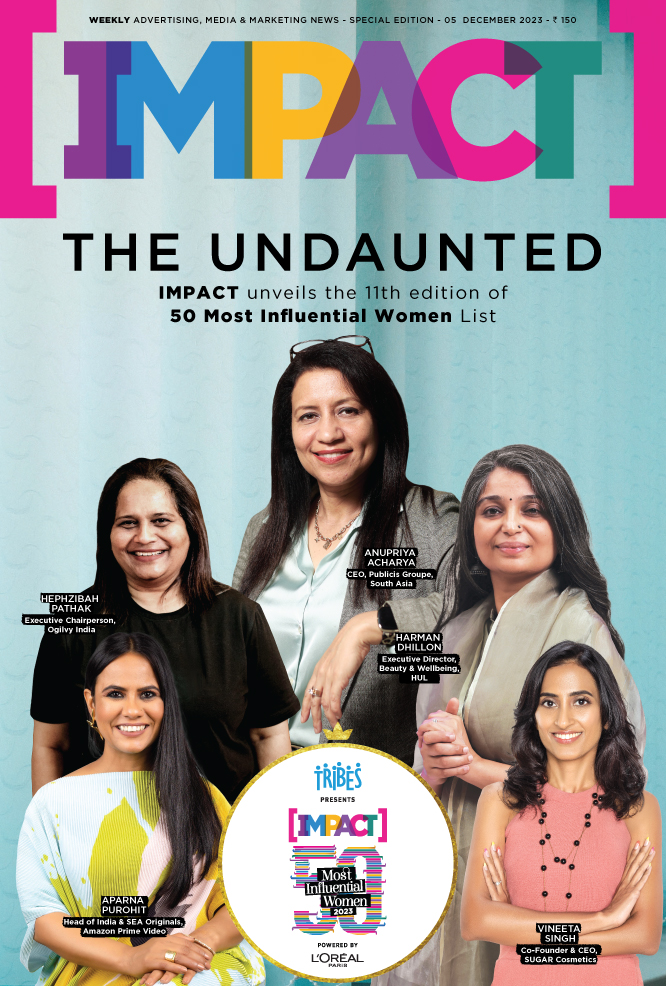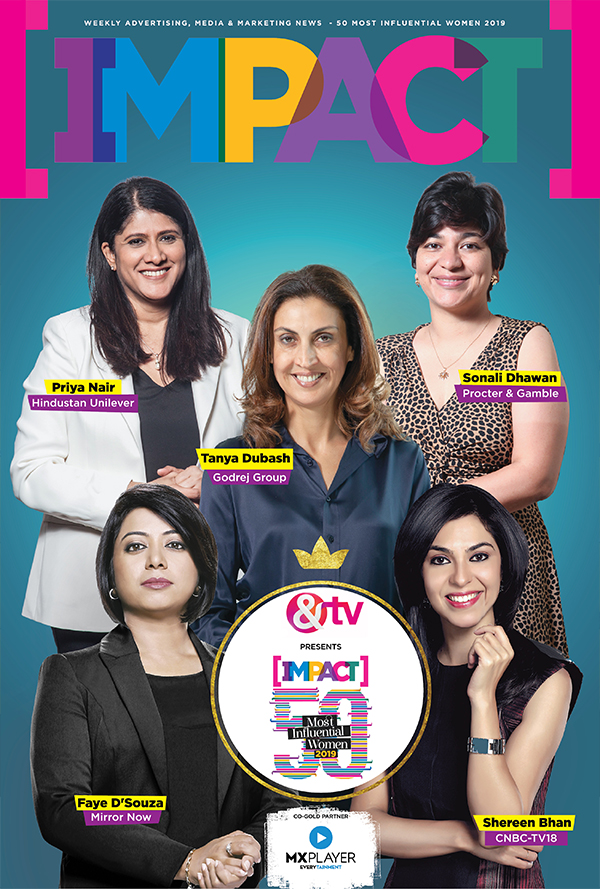Planning for a financially secure retirement is the most important but often under-prioritized goal for most of us. With rising lifespans, evolving lifestyles, and uncertain inflation, retirement planning today demands both strategic foresight and disciplined execution. Hopefully, this guide brings clarity and lead to comprehensive preparation towards what often feels like a distant and/or overwhelming goal.
1) How Much Do You Need to Retire?
A simple rule of thumb: target a corpus of 25–30 times your annual expenses at the time of retirement. At 4% annual withdrawal, this corpus is easily sustainable over 30+ years.
The operative phrase here is ‘at the time of retirement’. Let me explain this with an example. Assume you are 38 years old and you want to retire at 58. Assume your current annual expenses are Rs 12 Lakh. So the above formula may make you believe that you need Rs 12L X 30 times = Rs 3.6 Cr in your account by the time you are 58. This is totally wrong – because of inflation, your annual expenses would have increased from current Rs 12 L to Rs 38L over next 20 years. Hence when you actually retire at 58, you would need to have Rs 38L X 30 = Rs 11.40 Cr.
This example alone would have highlighted the most critical part of retirement planning – starting early!
2) How Best to Plan for Retirement?
A] If You’re in Your 20s to Early 30s (Age 25–35)
Time to Retirement: 25-30 years
Biggest Asset: Time and compounding
Start SIPs in equity mutual funds. A Rs 20,000/month SIP for 30 years can create a corpus of ₹4.63 Cr at just 12% per annum. Increase contributions annually as your income increases. Use EPF and NPS to add stability and tax efficiency. Combine this with EPF and equity appreciation, and you will be well on your way to ₹8–10 Cr retirement corpus.
Focus: Build an aggressive, diversified portfolio. This is the best time to embrace risk.
B] If You’re in Your 40s (Age 40–49)
Time Left: 10–20 years
Focus: Accelerate savings, balance growth and safety
This is your peak income phase. Save aggressively — aim for Rs 1–1.5 lakh/month through equity SIPs, EPF, PPF, and NPS. Rebalance your portfolio every 3 years.
Split your allocation:
- 60–70% equity mutual funds (growth)
- 20–30% debt (PPF, EPF, debt mutual funds)
- 10% in liquid/emergency assets
A Rs 1 lakh/month SIP for 20 years can yield over Rs 7 crore. That’s enough to support a Rs 25–30 lakh/year retirement lifestyle with the right withdrawal plan.
Pro Tip: Start reducing unnecessary expenses. Prioritise being debt-free by 55.
C] If You’re in Your 50s (Age 50–60)
Time Left: Under 10 years
Focus: Capital preservation + final push
You may already have a sizable corpus, but now’s the time to protect it while giving it a final boost. Shift towards lower volatility funds: balanced advantage, large-cap, hybrid. Maintain 40–50% equity, 40% debt, 10–20% liquidity.
(All views expressed are personal)
If you invest Rs 1.5 lakh/month for 8 years at 10%, you can still build Rs 2 crore — add gratuity, PF, and existing savings, and a Rs 4–5 crore corpus is achievable even if you haven’t planned well.
Set aside a separate healthcare fund and explore senior citizen insurance early.
3) Managing the Corpus Post-Retirement
Once you retire, the game changes from growing wealth to sustaining it.
Split your retirement assets:
- 40–50% in safe income instruments: SCSS, RBI bonds, annuities, short-duration debt
- 30–40% in equity mutual funds (for growth)
- 10–20% in liquid funds (for emergency or next 2 years’ expenses)
Create Income for retired life
- SWPs (Systematic Withdrawal Plans) from mutual funds can offer tax efficiency and growth.
- Annuities from NPS and insurers offer guaranteed income — especially useful for peace of mind, though they may lag inflation.
- Senior Citizen Schemes (SCSS, PMVVY): Safe options with fixed returns.
- Stick to a 3–4% withdrawal rule, adjusted for inflation, to avoid exhausting your funds
4) Key Takeaways
- Begin early – the power of compounding can be your greatest ally.
- Diversify investments and increase your savings rate over time.
- Build flexibility – plan for uncertainties and medical needs.
- Do not chase high returns at the cost of safety or liquidity during retirement.
- Track, review, and rebalance your portfolio regularly.
5) Final Word: Retirement is a Reward You Must Earn!
Your future self isn’t asking for luxury — just freedom. And that’s worth planning for.
Retirement may feel far away — until it isn’t. So Start early. Save consistently. Adjust smartly.




























